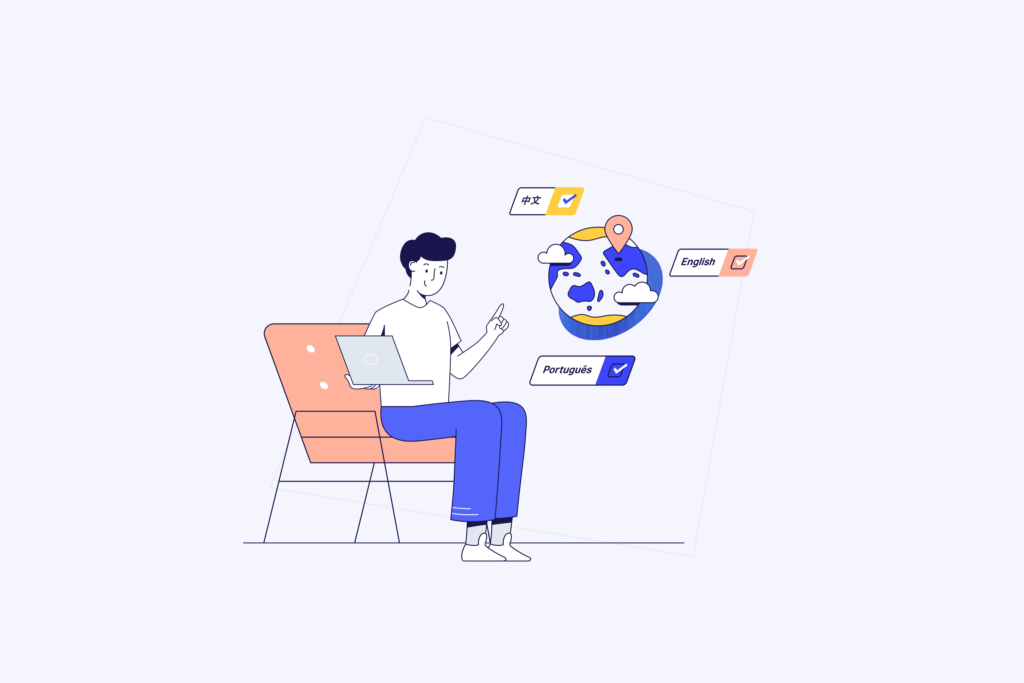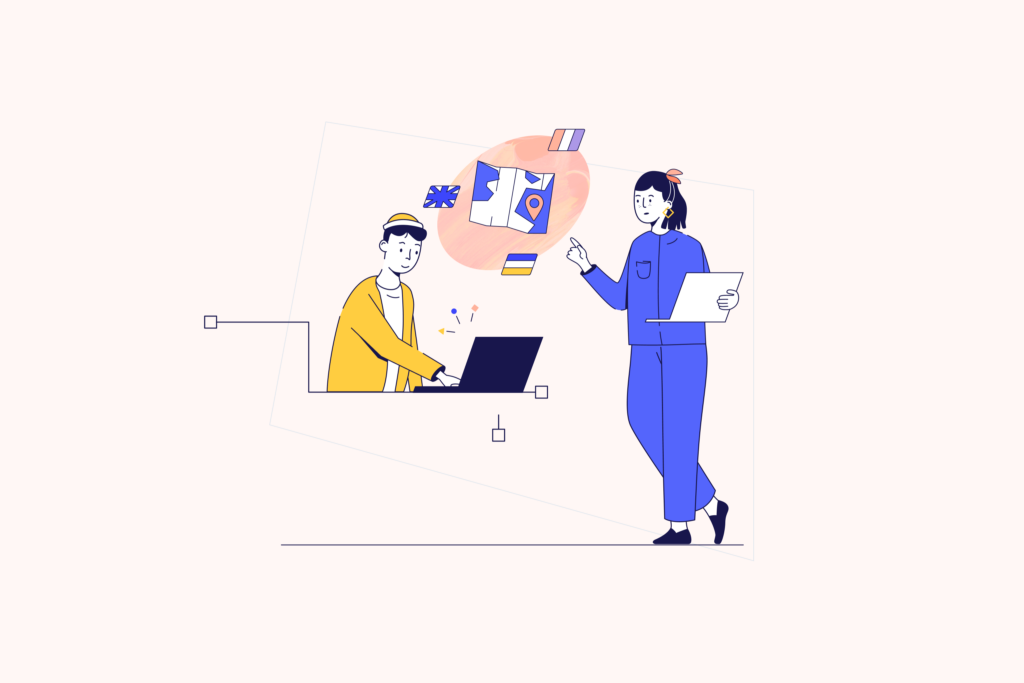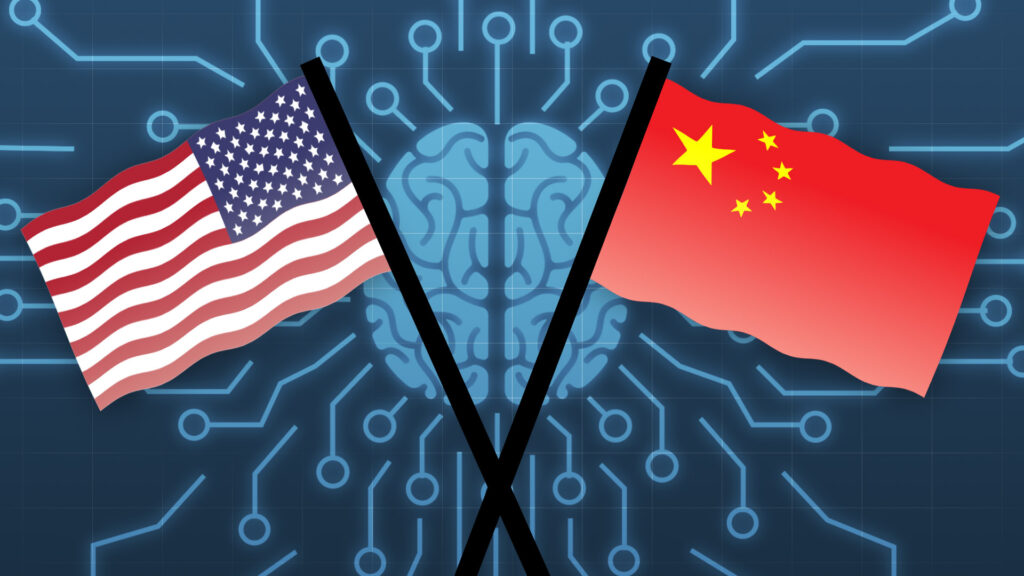Overcoming Language Hurdles: The Key to Solving UI Problems Through Translation
In today’s interconnected world, translation apps are indispensable tools for bridging language barriers. However, user interface errors can significantly hinder their effectiveness. This article addresses these errors and offers solutions to enhance the translation experience.

Understanding User Interface Errors in Translation Apps:
User interface errors in translation apps can manifest in various forms, such as misalignment of text, unresponsive buttons, or difficulty navigating the app. These issues not only frustrate users but can also lead to misinterpretations in the translation process.
Strategies to Overcome User Interface Errors:
Regular Updates and Maintenance:
Ensure your translation app is regularly updated. Developers often release patches and updates to fix known interface issues and improve overall app performance.
Optimizing Screen Layout and Design:
A well-organized and intuitive interface is crucial. If an app’s layout is cluttered or confusing, consider switching to a translation app known for its user-friendly design.
Feedback to Developers:
Reporting any interface issues to the app developers can prompt fixes in future updates. User feedback is invaluable for app improvement.
Customization of Settings:
Adjusting the app’s settings, such as text size or contrast, can sometimes mitigate display issues and improve readability.
Using Alternative Apps:
If user interface issues persist, exploring other translation apps can provide a better experience. Sometimes, switching to a different app might be the best solution.
Enhancing Translation Through Improved Interfaces:
An efficient user interface in translation apps not only makes the app more accessible but also improves the accuracy of translations. A clear and well-designed interface ensures that users can easily input and interpret translation results, leading to a more reliable and effective translation process.
Conclusion:
User interface errors in translation apps can be a significant obstacle to effective communication. By taking proactive measures such as regular updates, providing feedback to developers, and choosing apps with user-friendly interfaces, users can greatly enhance their translation experience. In the rapidly evolving field of digital translation, addressing these user interface challenges is key to achieving seamless and accurate translations.





